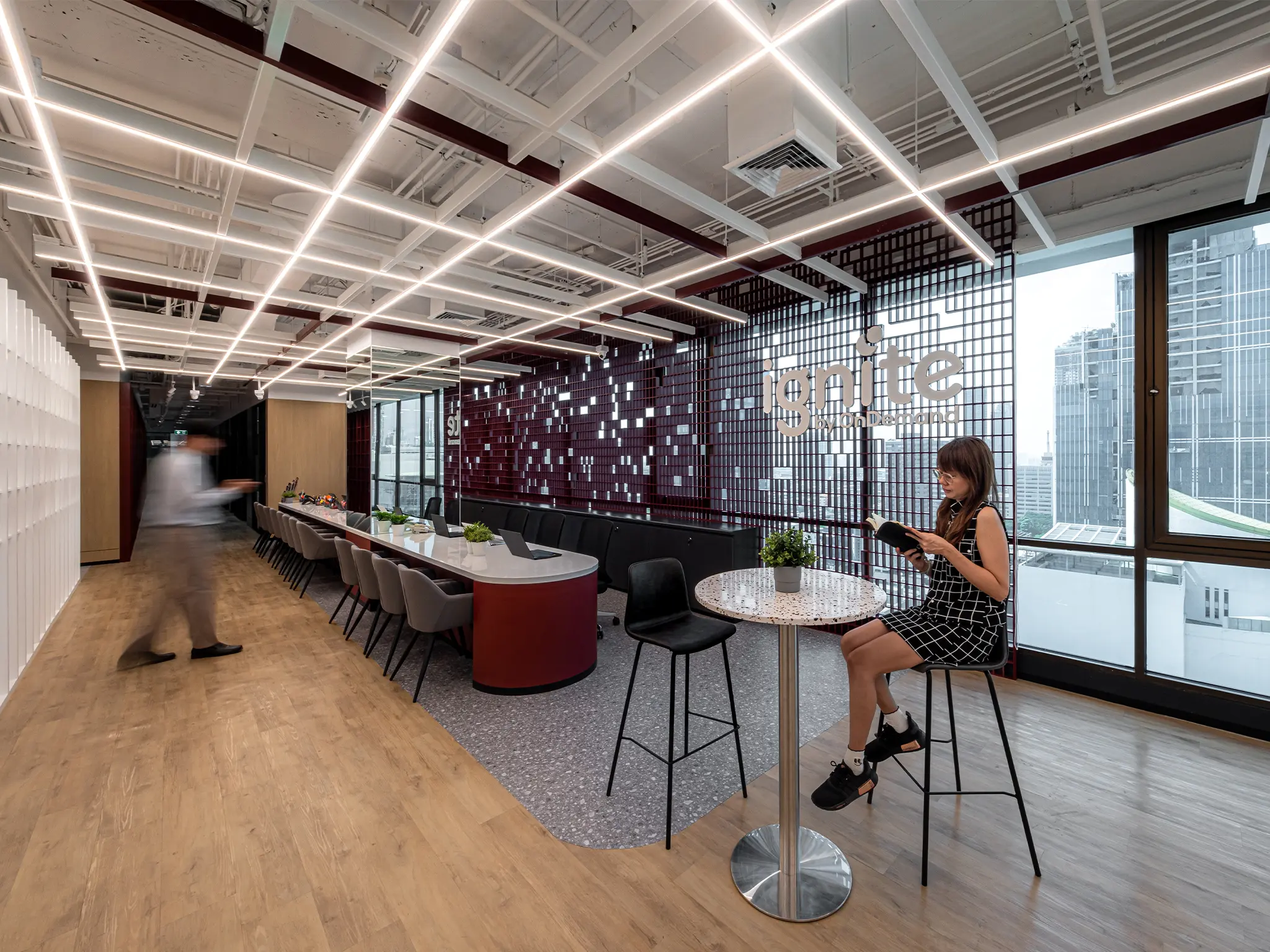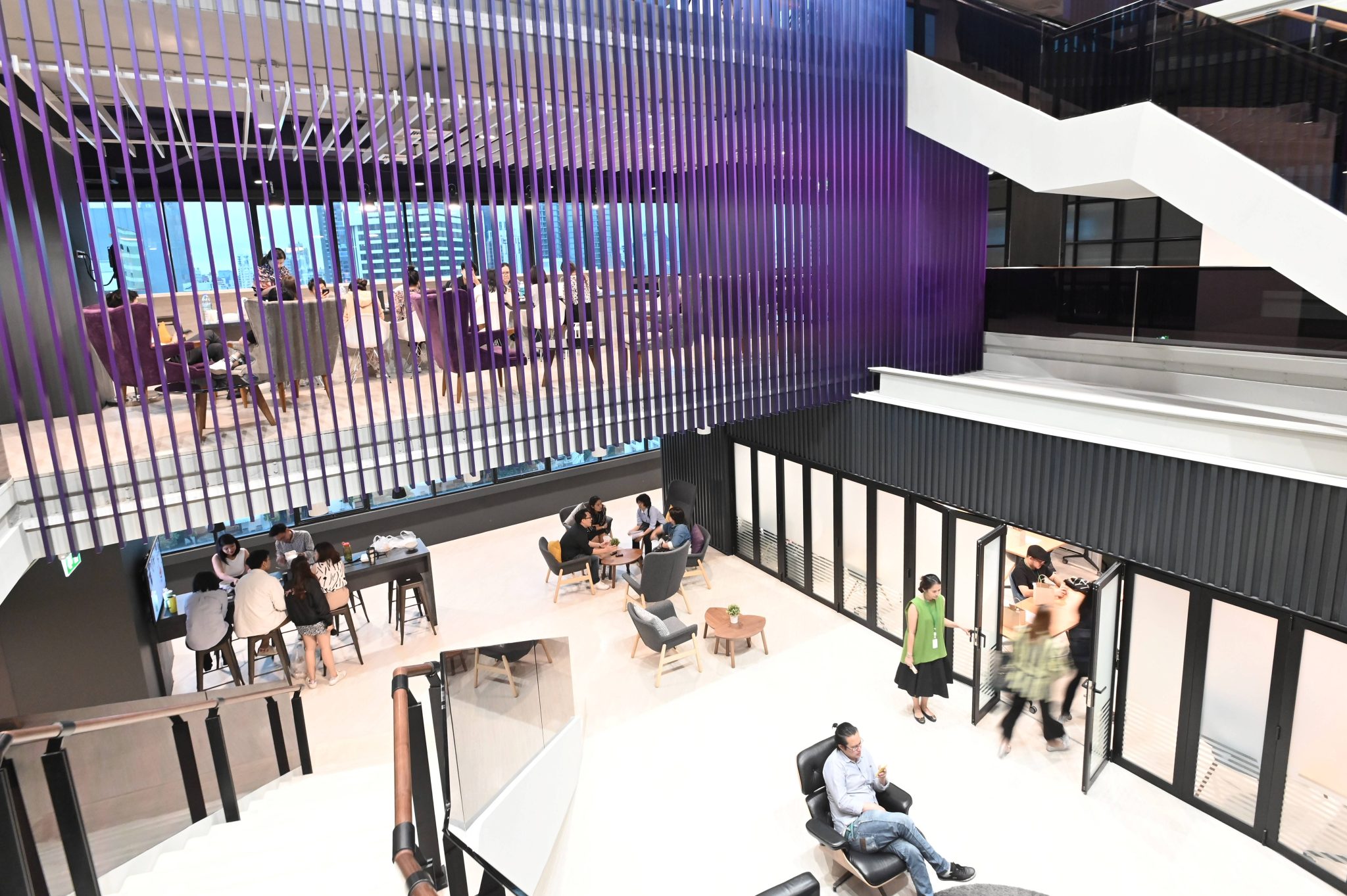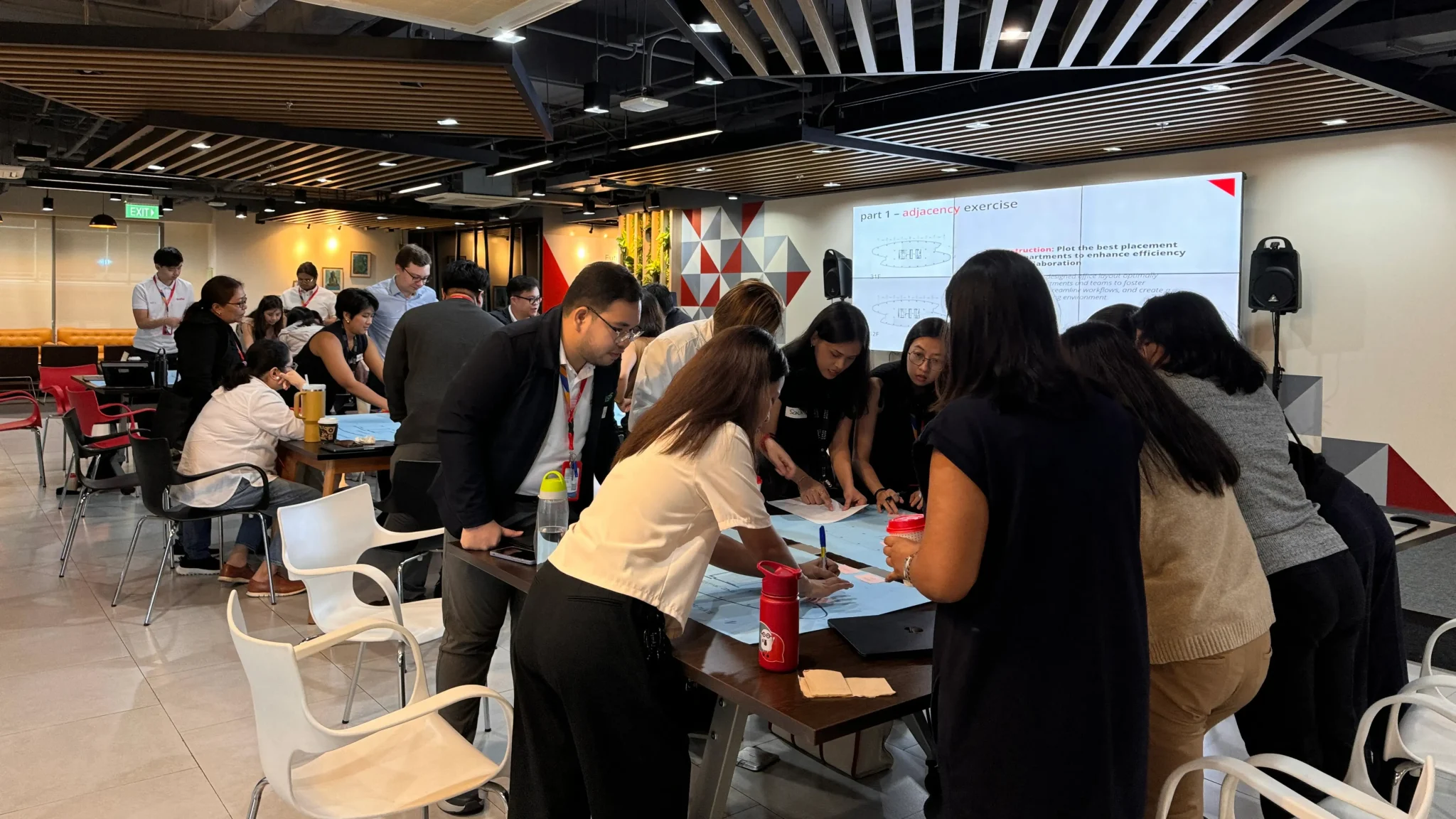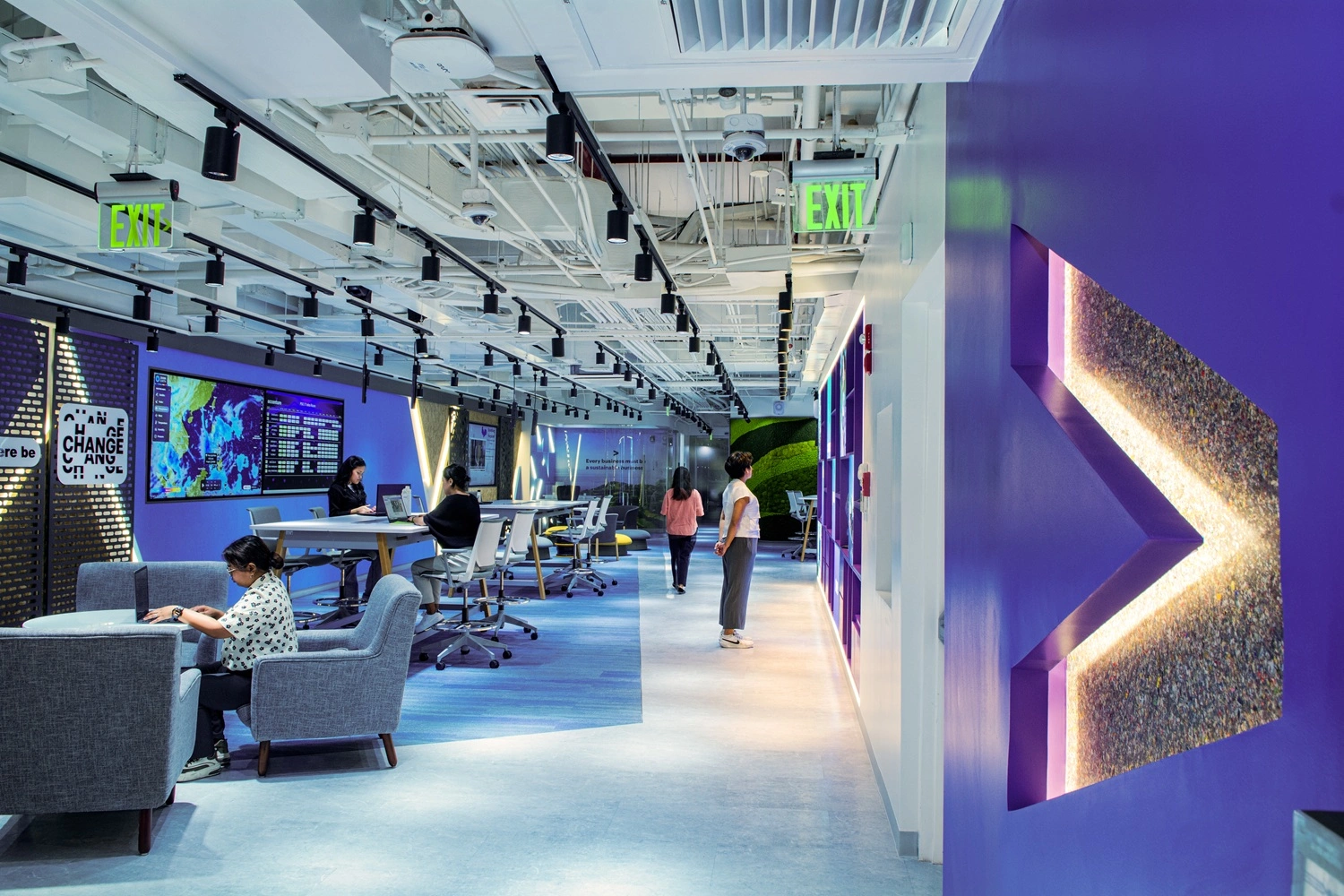Unlocking the Potential of Office Layouts:
Impact on Leadership, Employee Engagement, and Business Success
30 April 2024
As leaders, we recognise the profound impact that our office environment has on our team’s dynamics, collaboration, and overall success. But have you ever considered just how pivotal office layouts are in shaping employee engagement, cooperation, and ultimately, the achievement of a company’s business objectives?
Office Layout as a Catalyst for Leadership: The physical layout of a workspace plays a pivotal role in fostering leadership effectiveness. An open and transparent office design promotes accessibility and approachability, allowing leaders to connect more easily with their teams. This facilitates open communication, mentorship opportunities, and the cultivation of a shared vision, empowering leaders to inspire and guide their teams towards common goals.
Fostering Employee Engagement and Cooperation: The layout and design of an office space can either hinder or facilitate employee engagement and cooperation. An environment that prioritises collaboration through communal workspaces, breakout areas, and shared amenities fosters a sense of belonging and teamwork. By providing spaces that encourage spontaneous interactions and idea-sharing, we cultivate a culture of collaboration and cooperation, driving innovation and collective problem-solving.
Driving Business Objectives through Environment: An office environment is not just a backdrop; it’s a strategic tool for achieving our business objectives. A well-designed workspace supports employee productivity, creativity, and well-being, all of which are essential for driving business growth. By investing in an environment that promotes employee satisfaction and performance, we lay the groundwork for achieving our company’s goals and maintaining a competitive edge in the market.
Continuous Evolution and Adaptation: As leaders, it’s crucial to recognise that our office layout is not static but rather a dynamic aspect of our organisational strategy. Regularly reassessing and adapting our workspace to meet the evolving needs of our teams ensures that we remain responsive to changing dynamics and emerging opportunities. By prioritising flexibility and agility in our office design, we create an environment that can adapt seamlessly to new challenges and opportunities, driving sustained success.
In conclusion, the impact of office layout and environment on leadership, employee engagement, cooperation, and business success cannot be overstated. By leveraging a workspace as a strategic asset, we can empower teams to thrive, innovate, and achieve a company’s most ambitious objectives.
TAGS
join our newsletter
Subscribe to receive the latest updates and news on design,
workplace strategy and research into your inbox.

